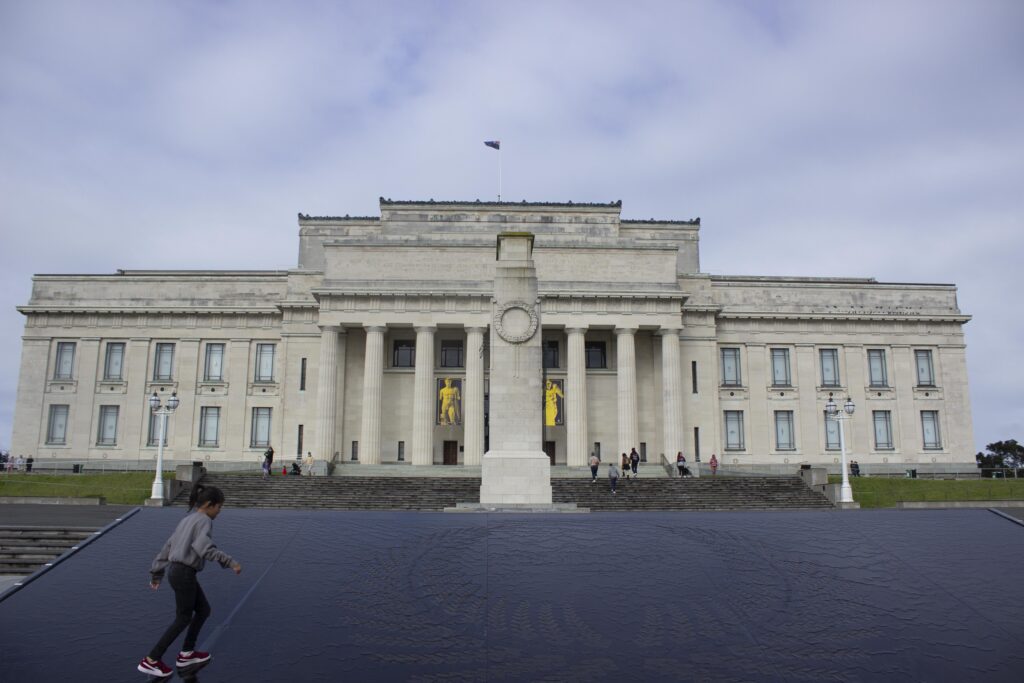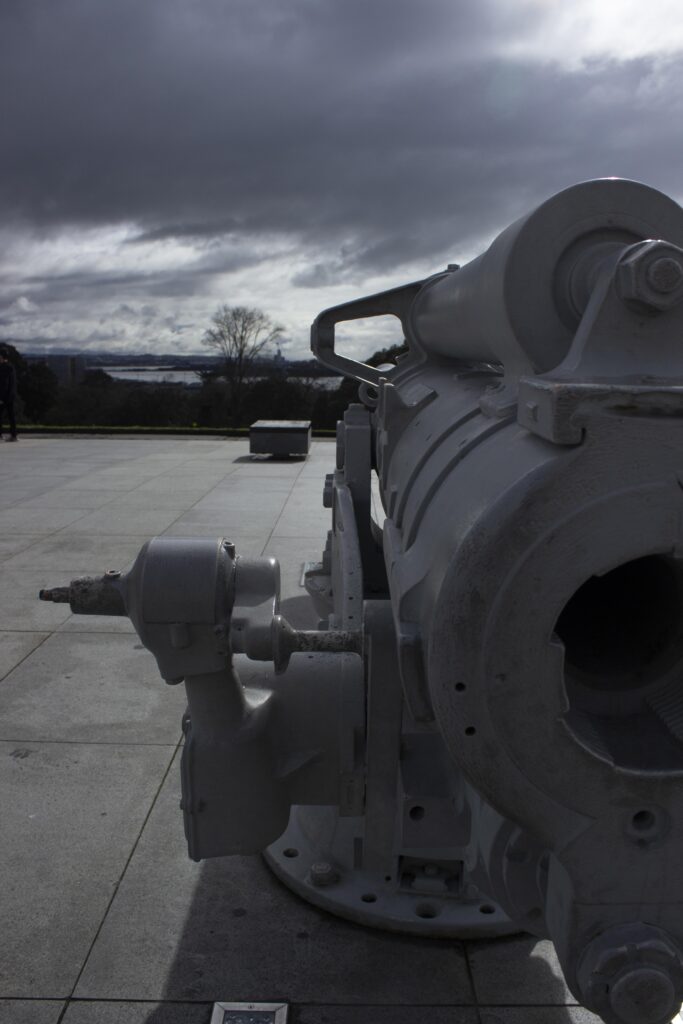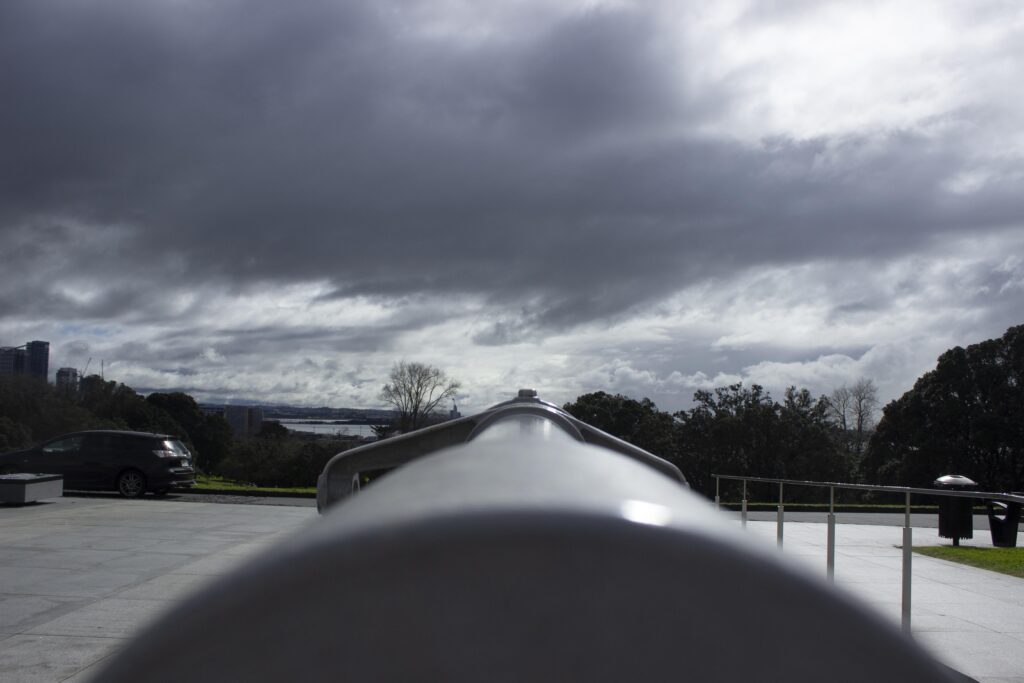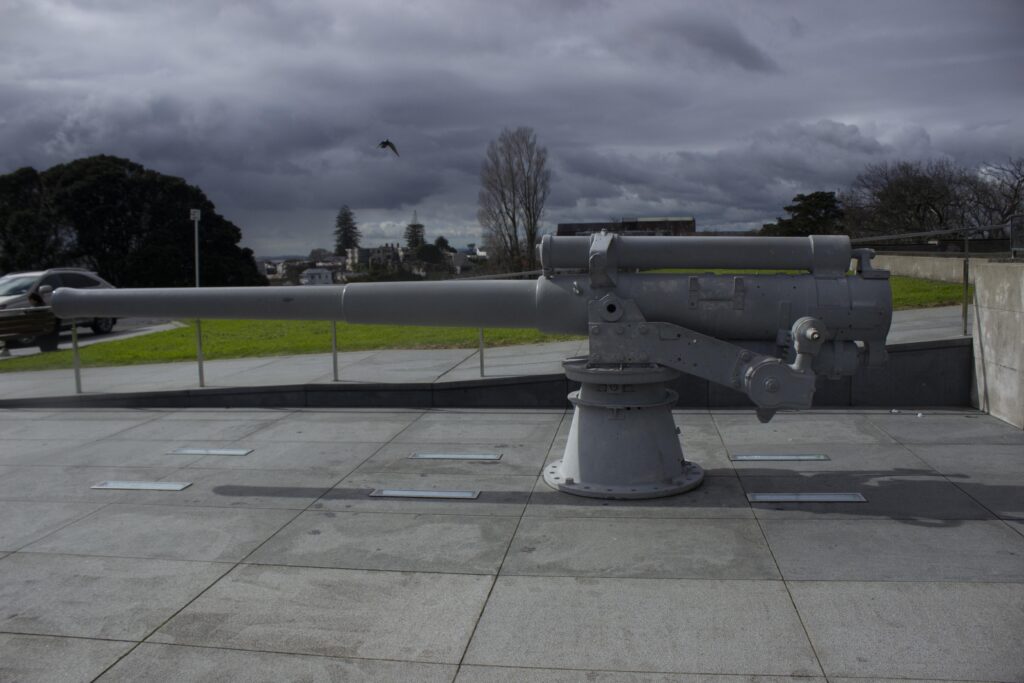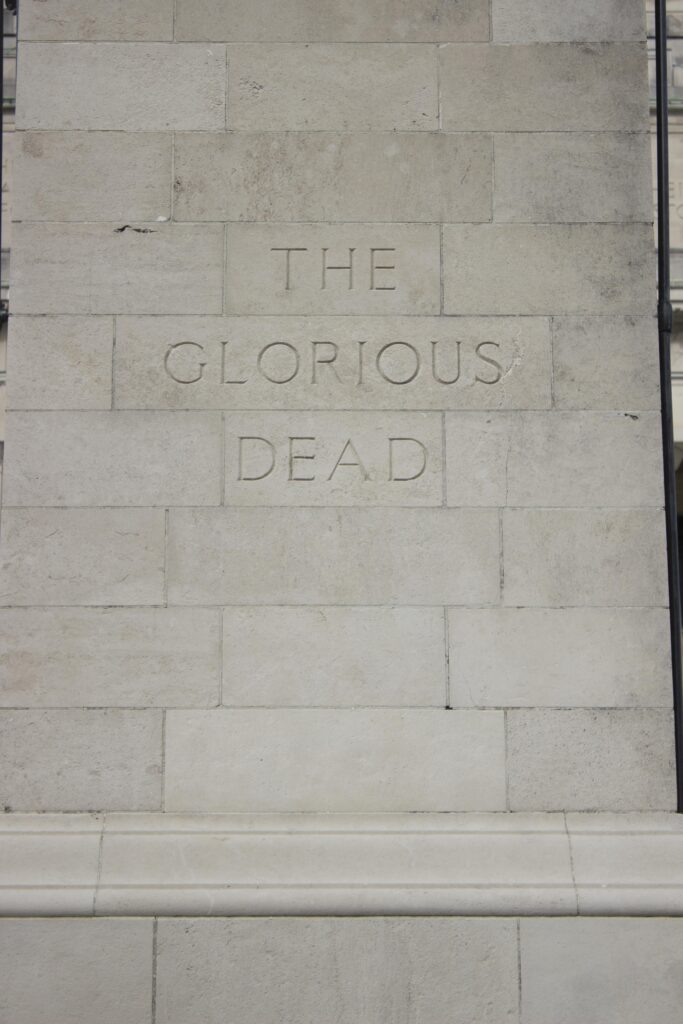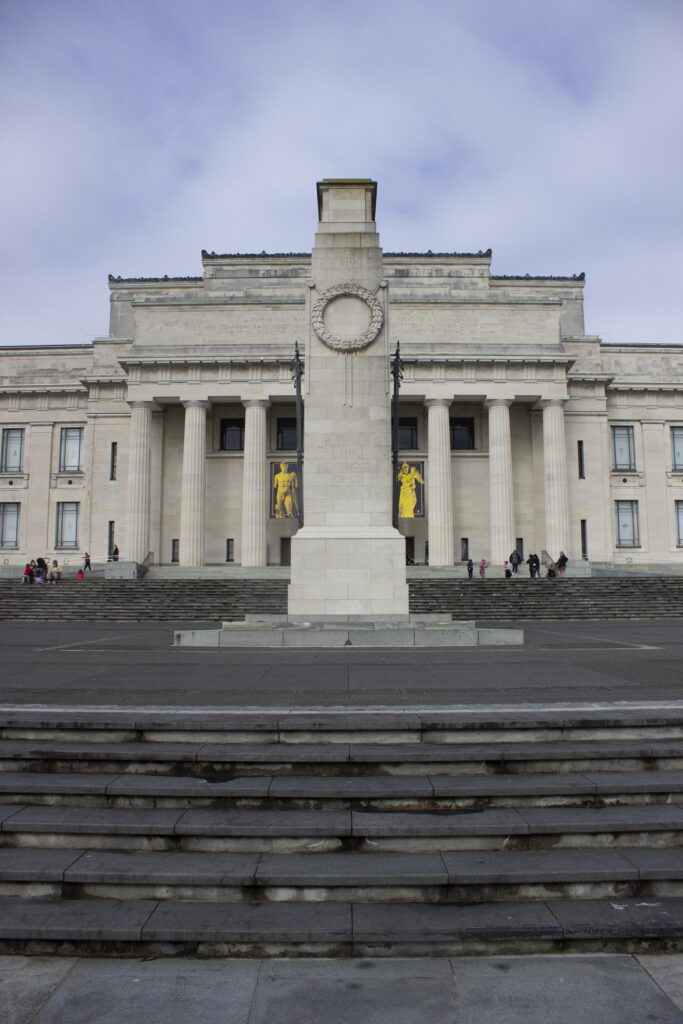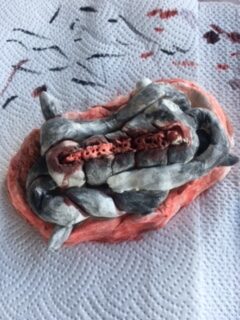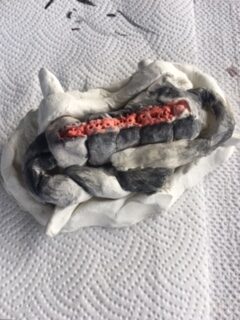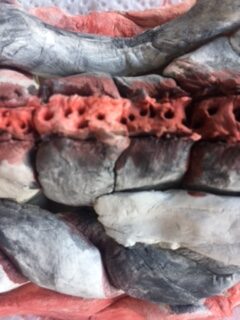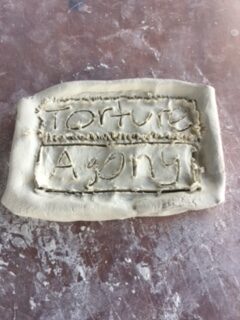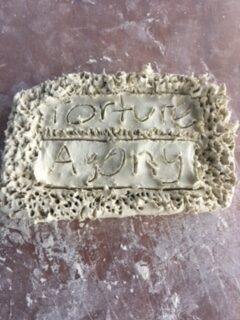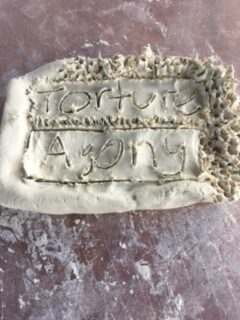Note: This will be gruesome to some people, so I wanted to put a warning here. The red is not blood it is watercolour.
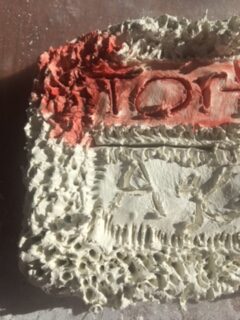
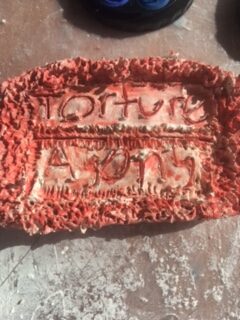
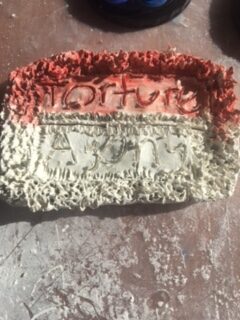
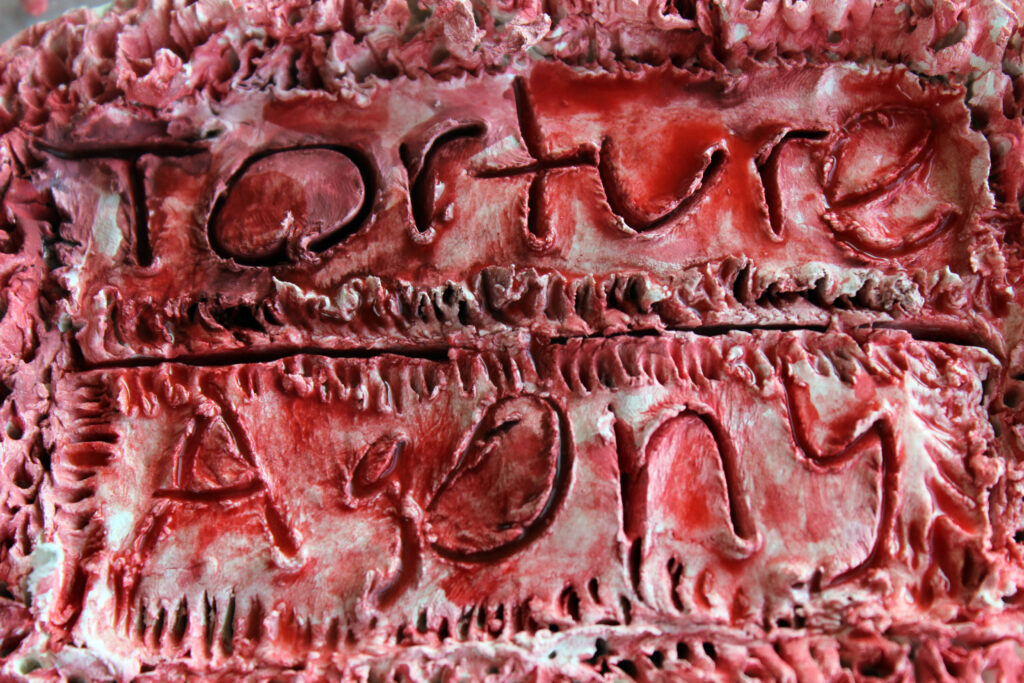
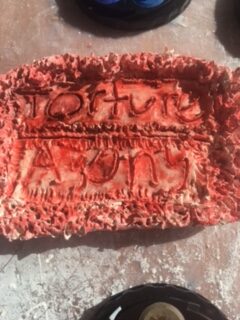
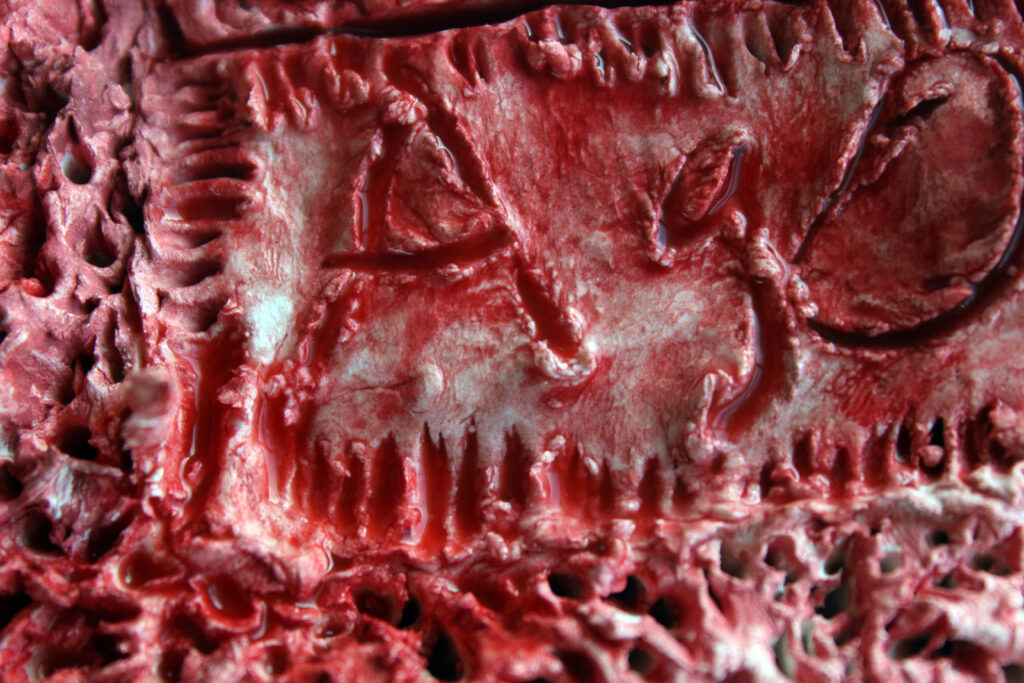
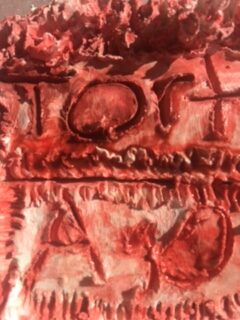
I picked two words that stood out to me as I was reading Anne Frank’s diary. Those words were “Torture and agony”. People who have not experienced war will not fully understand what its like to be tortured and we rely on books and documentaries to try to create a sense of realisation as to how we should feel when looking at the stories of others. When I look at my family’s war albums, I feel saddened, torn apart but also happy. Happy that I now have the job to carry on their legacy and I can show people what war means to me and how I see it. Unfortunately you cannot see the good side of anything without seeing the bad side too, that’s the same when it comes to war. The sculpture is meant to bring up your emotions and make you think how grateful we are to live in a world like this where we have the freedoms of today and not being suppressed. Many countries introduced mandatory conscriptions, including the United States. They did this for World war two and the Vietnam war (just to name some). My great grandfather was 19 when he joined the army, with me turning 19 soon I think of all the horror and the propaganda he was facing to join the war. Being patriotic was a big ideology in the 1940’s and it still is today. One of the main reason he enlisted was because of his love for his country. I’m part American, my ancestors are American and Indian. I would say that i’m pro American, I will show support for that country as to me its like a second home. Choosing to focus on war is one of the ways, I can connect my great grandfathers as I never got to meet them.

